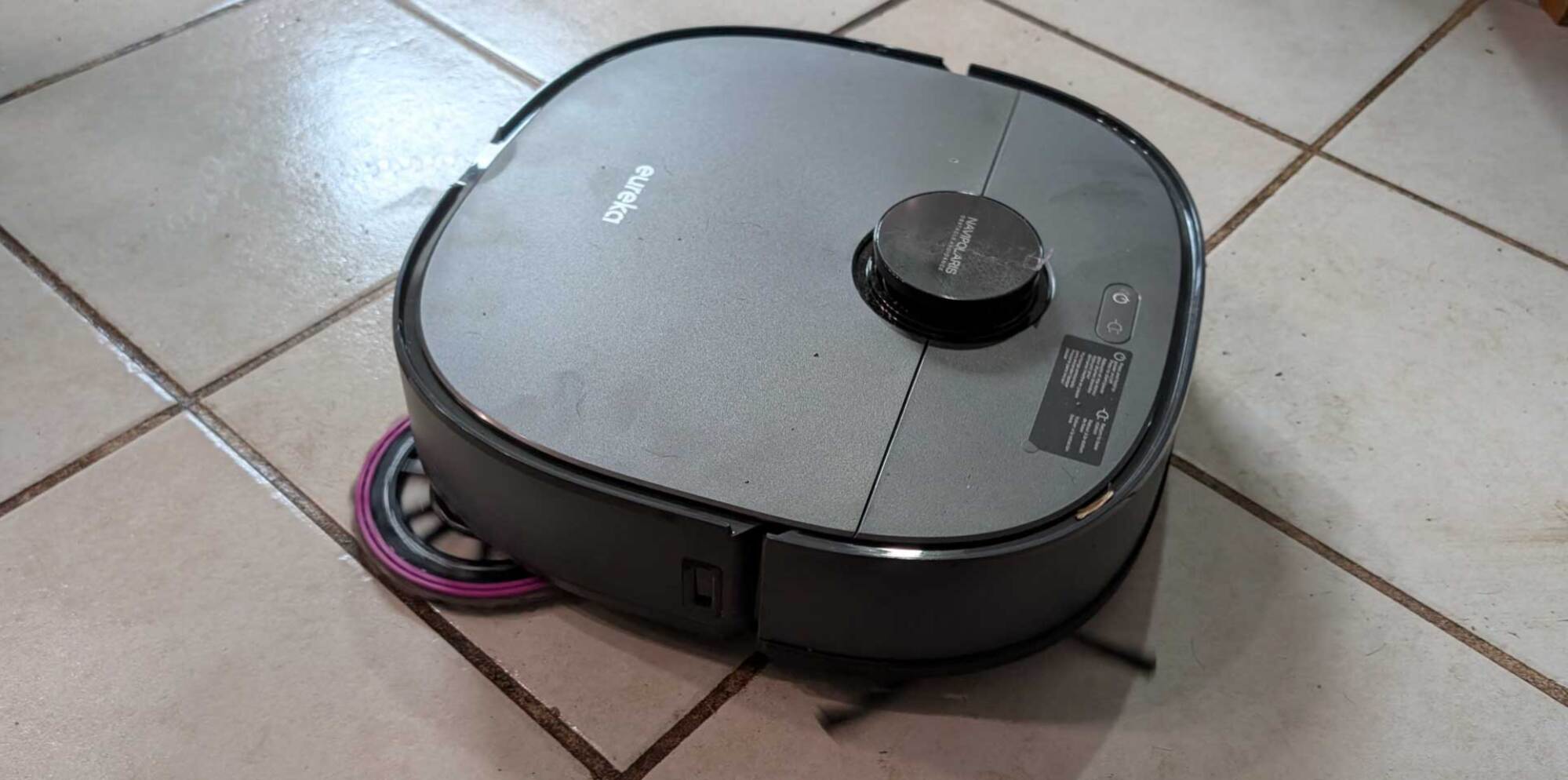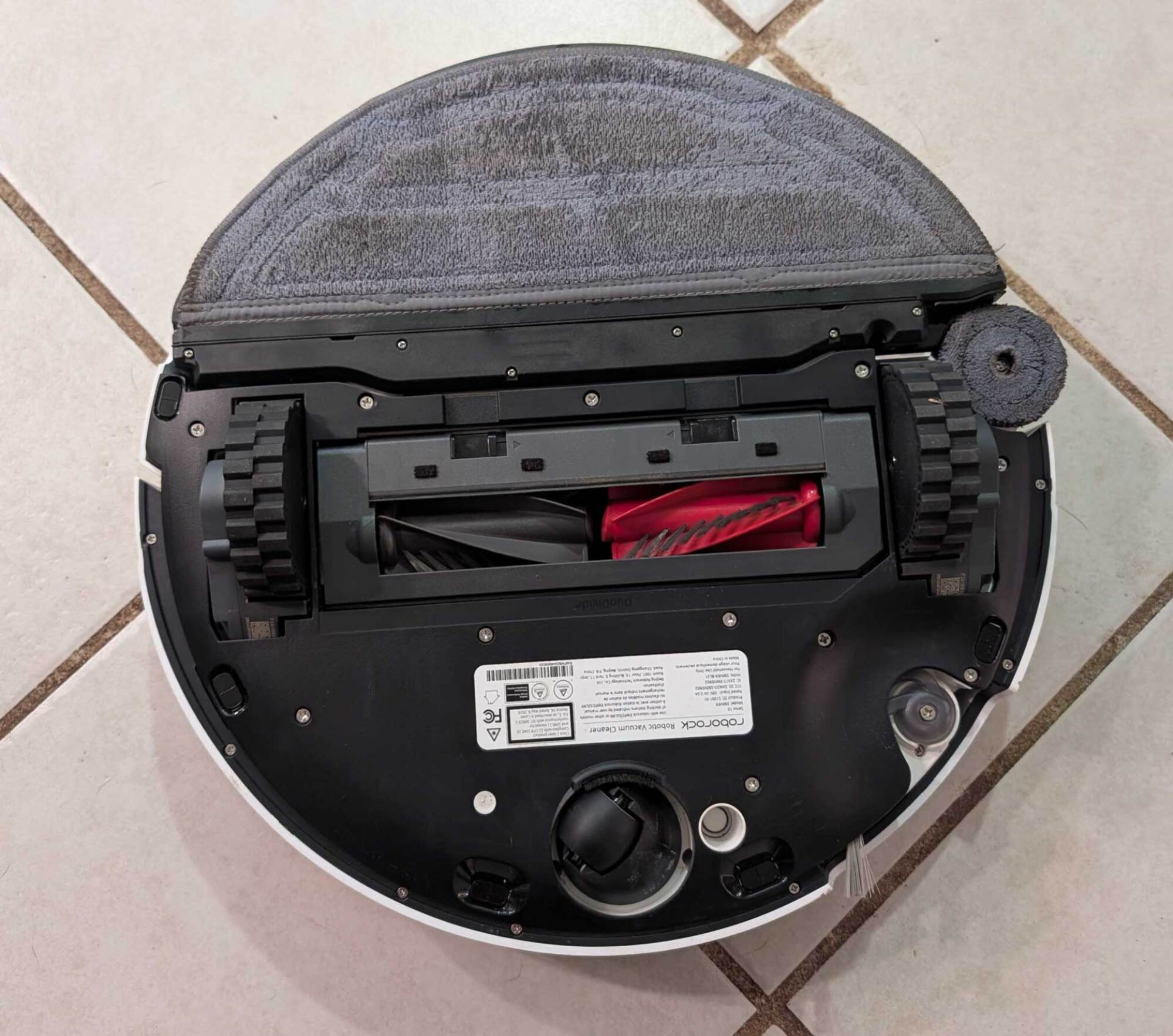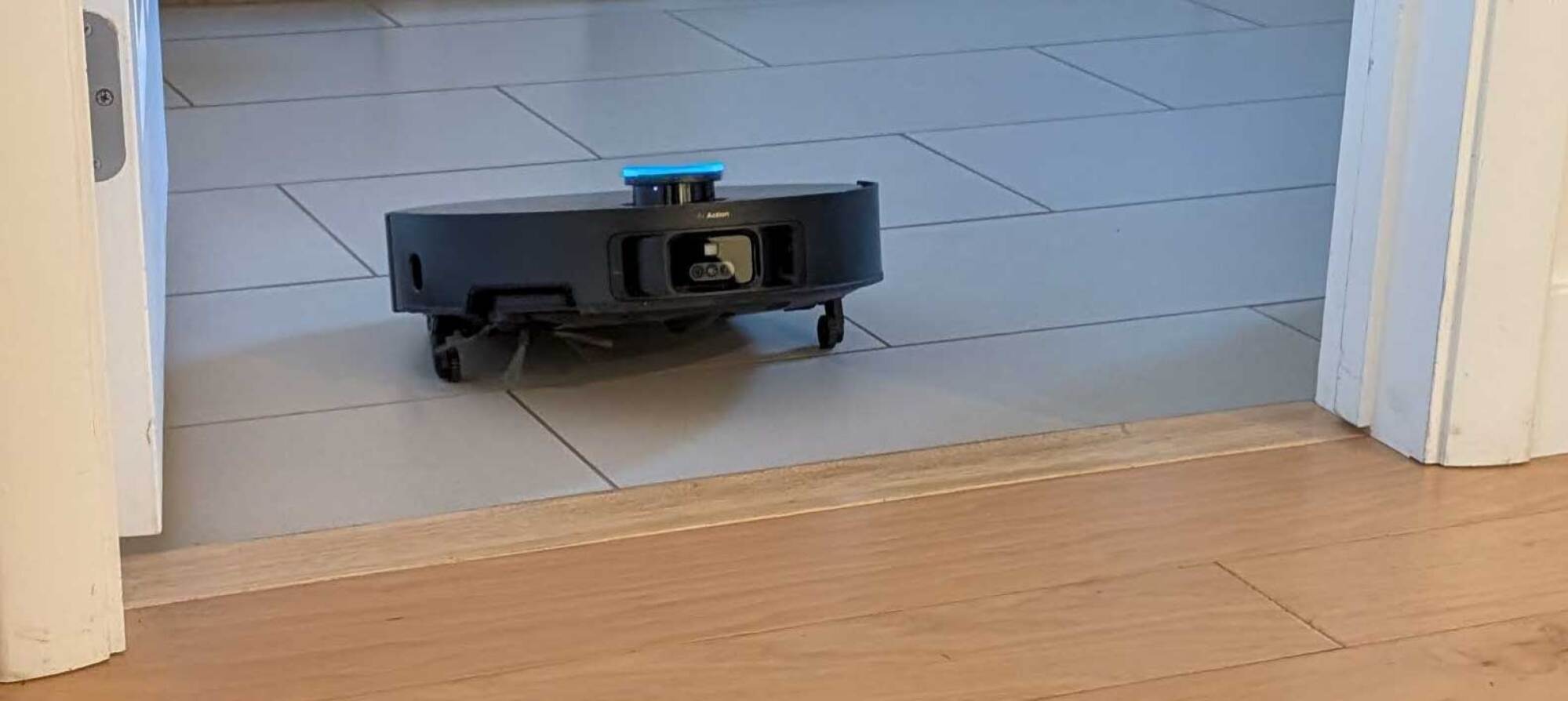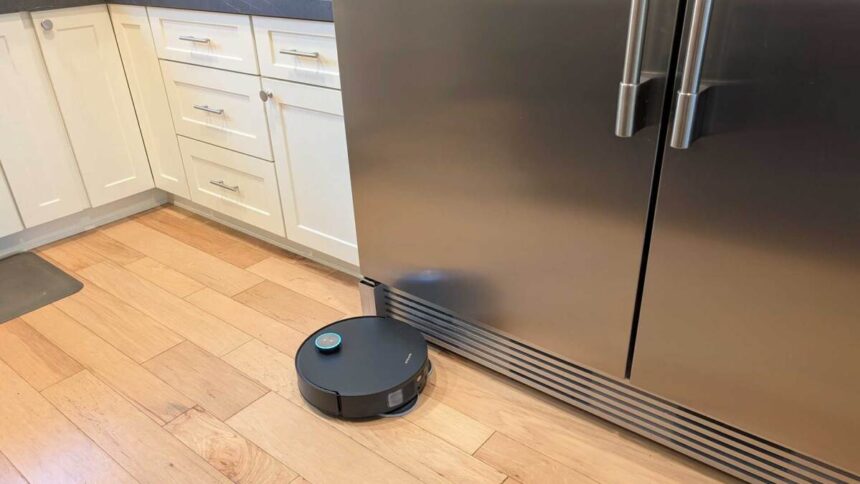Essential Features to Look for When Buying a Robot Vacuum
When it comes to choosing a robot vacuum, many people seek guidance on which one is the best option. Over the years, preferences may change, but the focus generally revolves around identifying specific features worth considering. With technological advancements unfolding annually, certain characteristics may gain prominence. If a new robotic vacuum were on the shopping list soon, here are key features to prioritize.
Opt for a Vacuum-Mop Combo if Your Flooring Isn’t All Carpet
Combo devices often face skepticism as consumers worry about the reliability of multiple functions in one unit. Previously, it was reasonable to doubt the efficiency of both vacuuming and mopping capabilities within a single robot. However, recent innovations have transformed this belief. Starting in 2024, robotic vacuums equipped with AI can assess soil levels, allowing them to switch seamlessly between vacuuming and mopping. The latest mop technology has also vastly improved, as exemplified by the Dreame X50, which excels in this department.
For those without extensive carpeting, a vacuum-mop combo often proves to be more beneficial. Surprisingly, many standalone vacuum models do not offer a significant cost advantage compared to their combo counterparts. When selecting a robotic cleaner, choosing one with a variety of functionalities will likely yield the best performance for diverse flooring.
Choose a Robot with Extended Reach

Credit: Amanda Blum
Robot vacuums generally resemble flat discs, spanning 11 to 14 inches in diameter, gliding across floor surfaces with ease. In open areas, they are effective at picking up debris and stains. However, one of their past shortcomings was poor performance near walls and furniture, leaving behind uncleaned strips of dirt. Recent models have introduced innovative designs that incorporate extending sweeps and mops, enhancing their ability to reach difficult spots. Brands like Dyson 360 Vis Nav have implemented effective side extensions, while the Roborock Saros 10R and Eureka J15 Ultra have also showcased impressive reach capabilities.
Consider the Importance of the Dock
While evaluating robotic vacuums, it’s essential to not overlook the docking station’s role in overall efficiency. The vacuum’s suction strength and navigation capabilities matter, but how the dock facilitates maintenance is equally important. Look for models featuring removable trays in the dock that allow for easier cleaning without the hassle of maneuvering your hand into tight spaces. The latest Roborock and Eureka J15 models all share this convenience.
Another feature that proves useful is a dock with a built-in cleaning fluid reservoir that automatically dispenses cleaning solution into the water during use. Ideally, these reservoirs are refillable, allowing users to select their preferred cleaning agents, enhancing overall convenience.
Lastly, assess the water capacity of the dock. Some products, like the Narwal models, required constant refills between cycles, detracting from their autonomous potential.
The Roller Design Influences Robot Efficiency

Credit: Amanda Blum
The efficiency of robot vacuums is largely determined by their roller designs. Innovative split roller configurations, like those in the Roborock models, enhance debris transfer into the vacuum mechanism. Although Dyson’s roller design features plush brushes, challenges arise if the robot is positioned too low to the floor, hindering performance. Additionally, certain legacy models utilize silicone fins that often lead to hair tangles, necessitating frequent maintenance.
A Lifting Chassis Enhances Mopping Performance

Credit: Amanda Blum
Many consumers prioritize the “climbing” ability of robotic vacuums, aspiring for models that can tackle stairs. Current advancements have yielded models like the Saros 10 and Dreame X50 that can manage slight thresholds competently. Nevertheless, the more critical aspect is how the design enables the front of the unit to exert pressure on the rear, enhancing mop effectiveness. Enhanced pressure aids in achieving better contact with the surface, improving grime removal capabilities compared to traditional mopping mechanisms.












